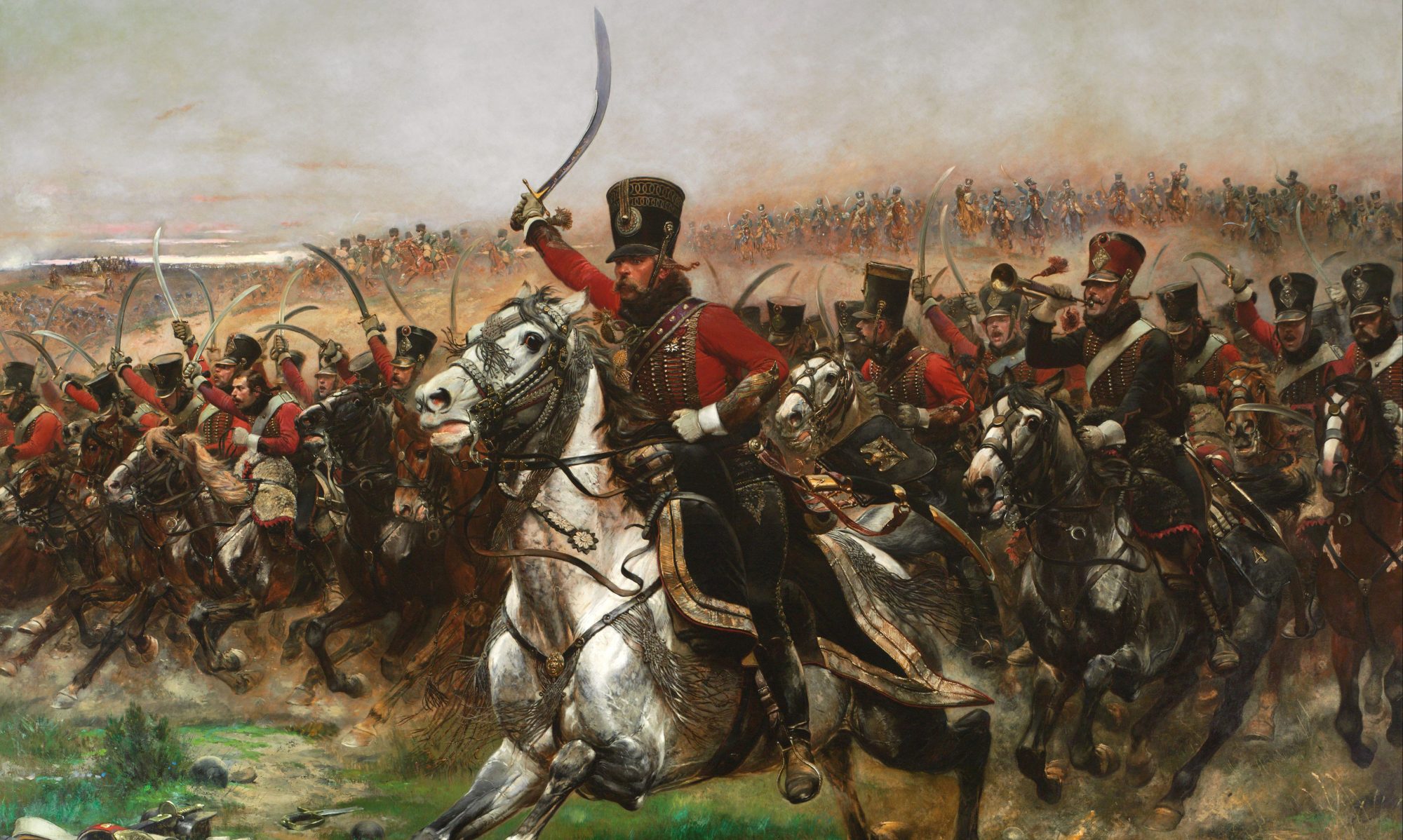Hardcover: 304 pages
Publisher: Amberley Publishing (15 April 2016)
Language: English
ISBN-10: 144565184X
https://www.amazon.co.uk/Operation-Big-Race-Hitlers-Bomb/dp/144565184X
Science, bombs & intrigue? Sounds like a party to me. Written with the feel of an intellectual thriller Colin Brown tells the story of the race to stop Hitler’s A bomb during WW2.
It starts at the very beginning, with the Discovery of nuclear fission, here even those to whom Physics is a foreign language will recognise some of the names, if only from knowledge accrued from the Big Bang Theory. The military applications of splitting the atom became apparent very soon after the discovery of sub atomic power as a series of scientists started adding up the theoretical power of the discovery, with ever growing results. The idea of a super bomb became a reality for both sides almost from the get go, even before the true capabilities of such a weapon were properly understood. The science that preceded the declaration of war was then focused on by the European intelligence communities, who then began a race to gather supplies of heavy water. As they rushed to secure the birthing fluid of the atom bomb, the conventional shooting war broke out, and due to the circumstances of the fall of France etc, Brown is able to weave into his main narrative sub stories worthy of their own books. The image of the Earl of Suffolk, bearded and tattooed handing out champaign on his commandeered ship, hobbling around with his secretaries, determined to get France’s store of heavy water to British soil, and his stash of diamonds will stay with me for a long time.
Some of the story will be familiar, such as when it comes to the race to slow down or stop the enemy. After securing heavy water and all that could be salvaged in terms of mind power, for scientists were as valuable as technology, the two sides then did their best to discover and destroy what the other was doing. For the allies this culminated most dramatically with the destruction of the German Heavy Water plant at Telemark in Norway. The famous SOE operation will be familiar to many, but the importance undiminished for the retelling.
Most critical to this book is the kidnapping of German scientists and throwing them into a country house that served as a giant listening device, which the British used to learn their secrets. We see the listeners like flies on a wall recording every word the Germans said, and then passed them on to the operators of the Manhattan project. The information they unwittingly gave would prove vital to beating the Germans to the bomb.
Because everyone knows about Hiroshima and it’s legacy, it’s good to know that we can track back to the nuts and bolts of the Atomic race, something to plug the gaps as it where. And this book offers an interesting and not often observed part of that race. This book is also an exciting and engaging read that will not fail to appeal to people in search of real life cloak and dagger. The element of real science allows readers to peek a little into the practical world of 20th century physics. Given the ingredients it would have been easy for the author to trip and stumble, presenting stories that are ready made, much like cooking ready meals can all too often end up just a sad mess on a plate, but Brown has handled it well.
A steady pace is maintained, and an intellectual, gripping tone reminiscent of the thriller genre risked from the pages. From what I can detect this is not a controversial book, it is instead trading to tell a story, wether died in the wool enthusiasts and experts will be pleased with the depth of the text I cannot say, but from my point of view it was a very satisfying read.
Josh.







You must be logged in to post a comment.